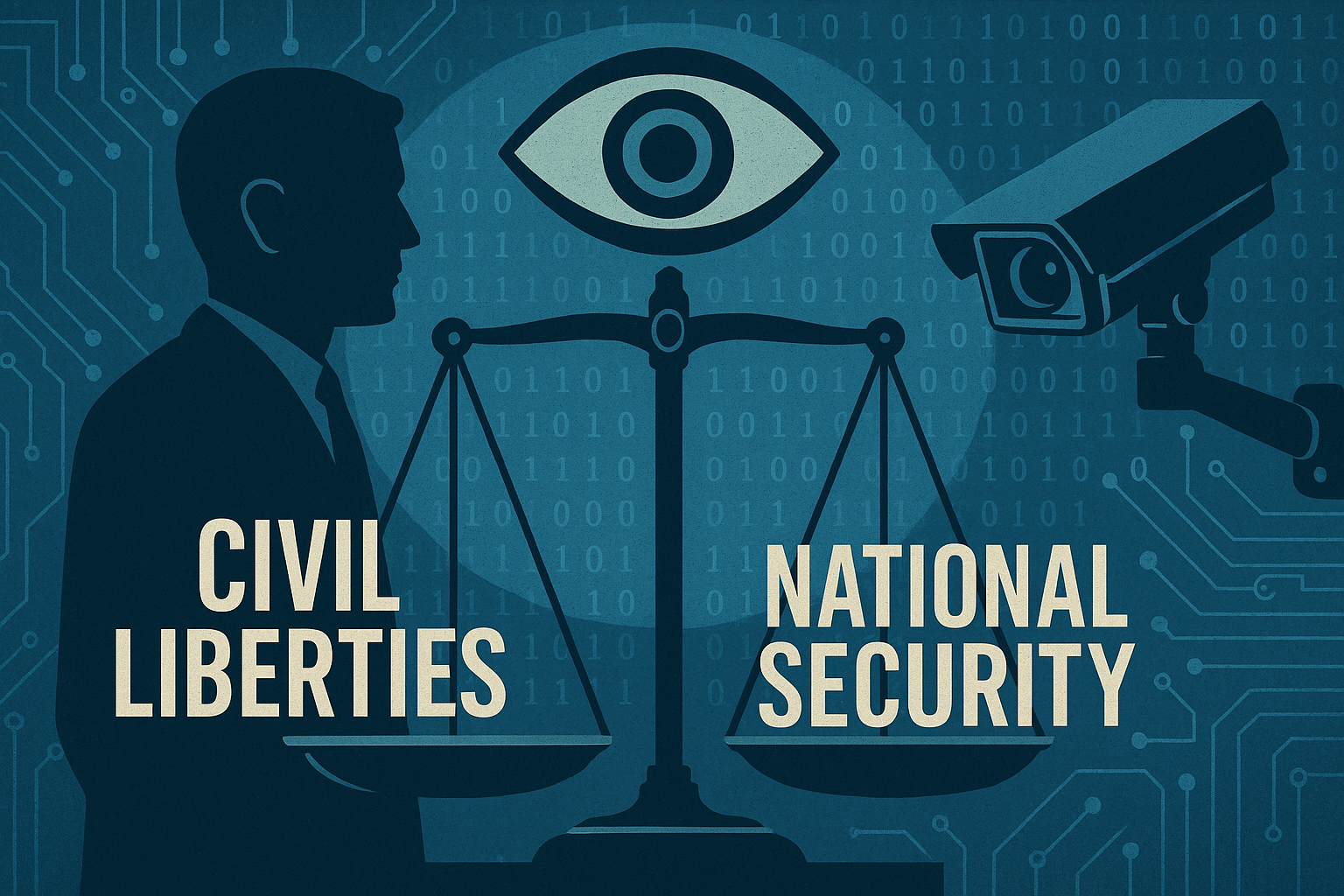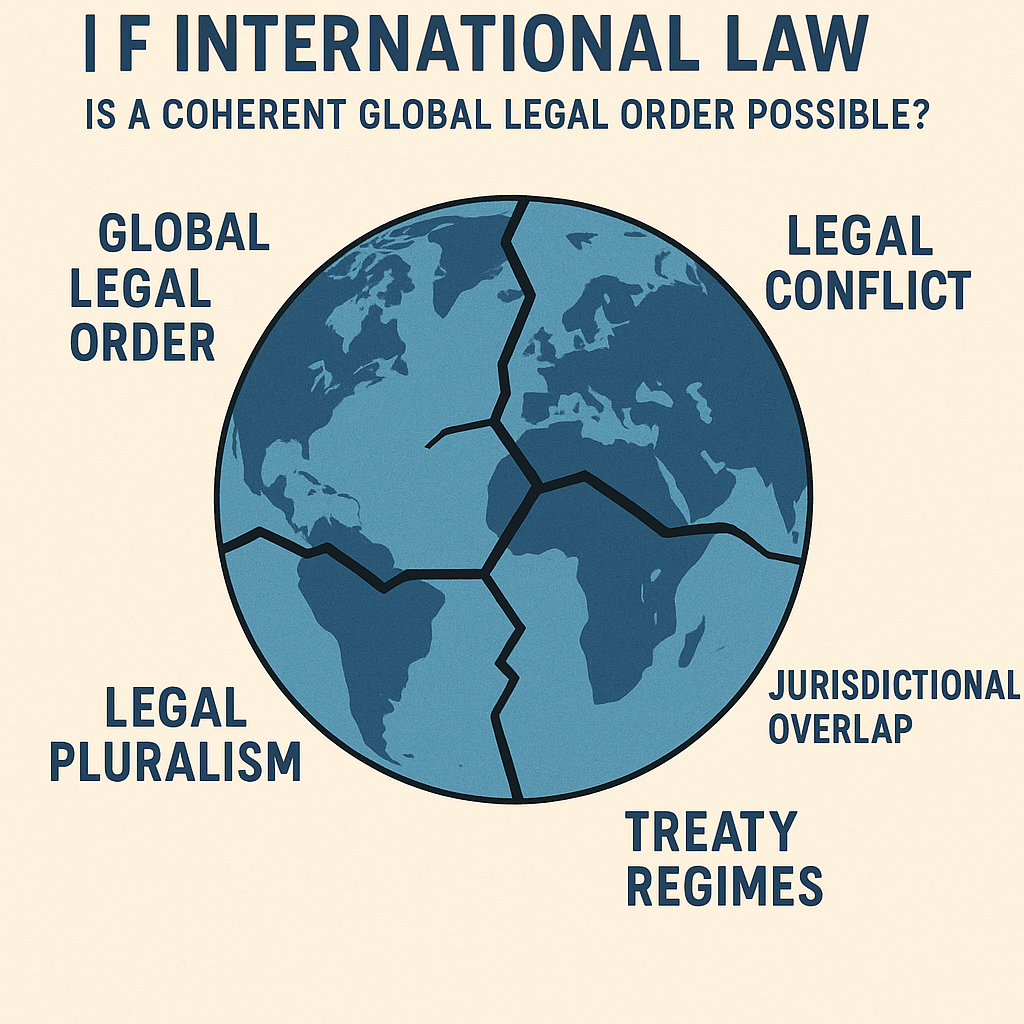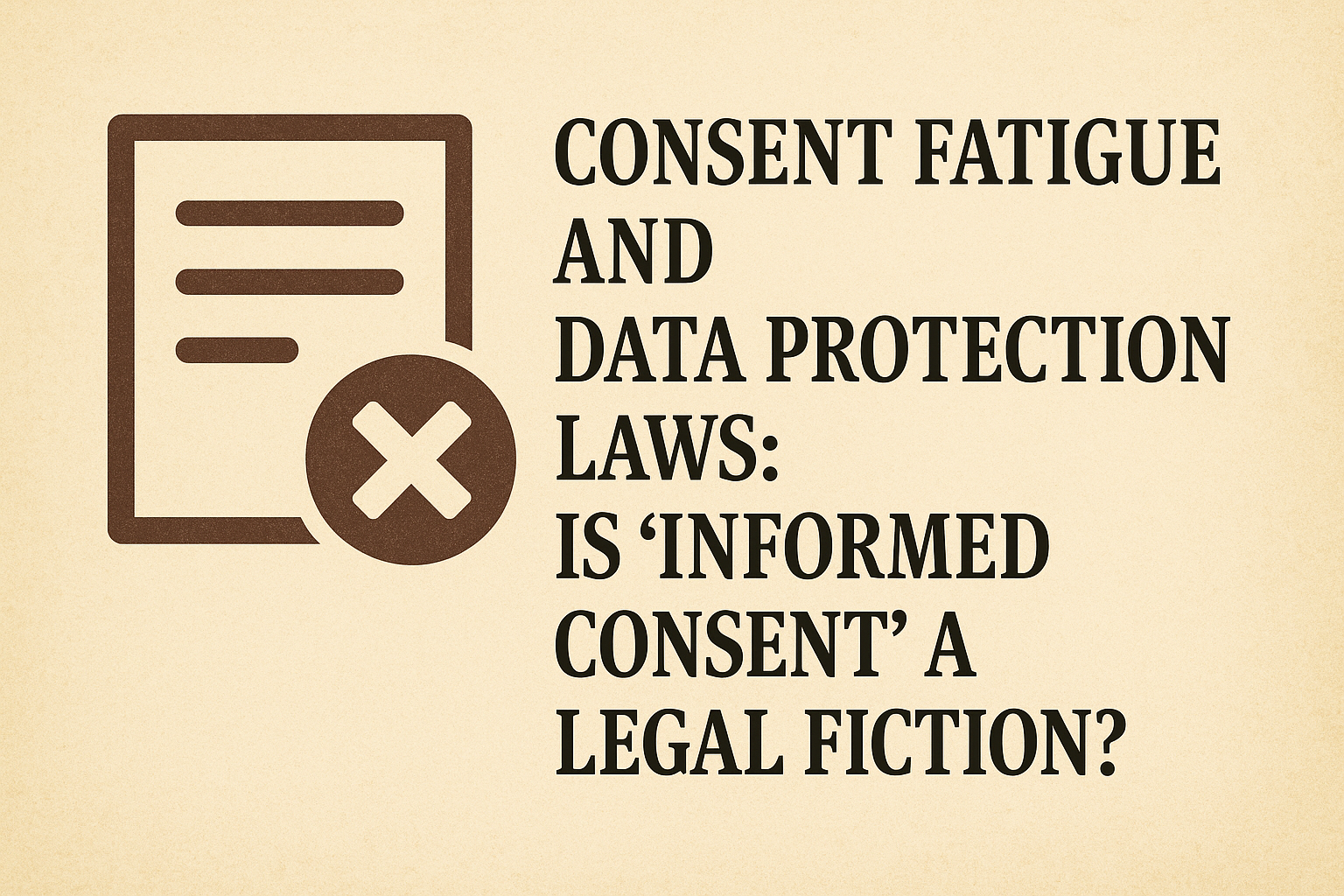Introduction
Traditional Cultural Expressions (TCEs), also referred to as expressions of folklore, encompass a wide range of intangible cultural heritage elements such as music, dance, art, rituals, stories, symbols, and handicrafts that are passed down from generation to generation within indigenous and local communities. Despite their deep-rooted cultural significance and continuing economic value, TCEs often lie outside the protective ambit of conventional intellectual property (IP) regimes, particularly copyright law. This article explores the limitations of existing IP laws in safeguarding TCEs and examines the global movement towards creating a sui generis legal framework tailored specifically for their protection.
Limitations of Copyright Law in Protecting TCEs
Copyright law, as traditionally conceived, is founded on principles that prioritize individual authorship, originality, and fixation. These criteria pose inherent challenges when applied to TCEs:
Authorship and Collectivity: Copyright systems are designed to recognize identifiable individual creators. In contrast, TCEs are typically the product of collective authorship by communities, often evolving anonymously over centuries.
Originality: The originality threshold in copyright laws may exclude TCEs, as they often derive from inherited customs and communal creativity rather than individual innovation.
Fixation Requirement: Many TCEs are orally transmitted or exist in performative forms, which do not meet the fixation requirements stipulated in many copyright jurisdictions.
Temporal Limits: Copyright protection is time-bound, usually expiring a number of years after the creator's death. TCEs, however, do not fit into such temporal frameworks, as their value and relevance persist across generations.
Due to these structural limitations, copyright fails to provide adequate recognition and control to the communities from which TCEs originate. This gap leaves TCEs vulnerable to misappropriation, commodification, and cultural exploitation.
Case Studies Illustrating Inadequate Protection
Numerous cases worldwide have highlighted the consequences of this legal vacuum:
Australia: Aboriginal artworks have been frequently copied and commercialized without authorization, with minimal legal recourse for the communities.
India: Traditional designs and crafts such as Warli and Madhubani paintings have been replicated in mass-produced products, often by commercial entities outside the originating community.
New Zealand: The Maori haka "Ka Mate" has been used in international advertisements and sports promotions without benefit-sharing with Maori communities.
These instances underscore the urgency for a protective mechanism that respects the communal and enduring nature of TCEs.
The Rationale for a Sui Generis Framework
In response to these challenges, there is growing advocacy—led by bodies such as the World Intellectual Property Organization (WIPO)—for the establishment of sui generis ("of its own kind") legal systems to protect TCEs. The rationale for such frameworks includes:
Community-Centric Approach: A sui generis system can be designed to reflect the collective ownership and cultural continuity inherent in TCEs.
Cultural Sensitivity: These systems can incorporate indigenous perspectives on the sacredness, context-specificity, and transmission of cultural knowledge.
Tailored Duration and Scope: Unlike rigid copyright timelines, sui generis laws can offer perpetual or renewable protection as long as the TCE remains culturally relevant.
Benefit Sharing: Such frameworks can mandate equitable benefit-sharing when TCEs are used for commercial purposes, thus promoting community welfare.
Consent and Attribution: Recognition of prior informed consent and appropriate attribution ensures that communities retain agency over how their heritage is used.
Countries like Panama, Kenya, and the Philippines have already adopted sui generis laws with varying degrees of success, serving as potential models for others.
India’s Legal and Policy Landscape
India, as a culturally rich and diverse country, faces particular urgency in addressing TCE protection. While efforts such as the Traditional Knowledge Digital Library (TKDL) and Geographical Indications (GI) Act offer partial protection, they are insufficient for expressive forms like music, dance, and oral traditions.
The absence of a unified framework often results in fragmented and ineffective protection. Draft legislation such as the Protection of Traditional Knowledge Bill, 2016, remains pending without clear implementation strategies. The need of the hour is a robust, community-informed legal instrument that bridges the gap between cultural preservation and IP rights.
Conclusion
Traditional Cultural Expressions constitute a vital dimension of human creativity, identity, and heritage. The inadequacy of conventional copyright law in protecting TCEs necessitates a paradigm shift towards a sui generis legal framework that is culturally rooted, ethically sound, and legally enforceable. As the global discourse evolves, countries like India must take proactive steps to ensure that the cultural legacies of indigenous and local communities are not only respected but also legally safeguarded. Such a move is not merely about IP law reform—it is a reaffirmation of cultural justice.








